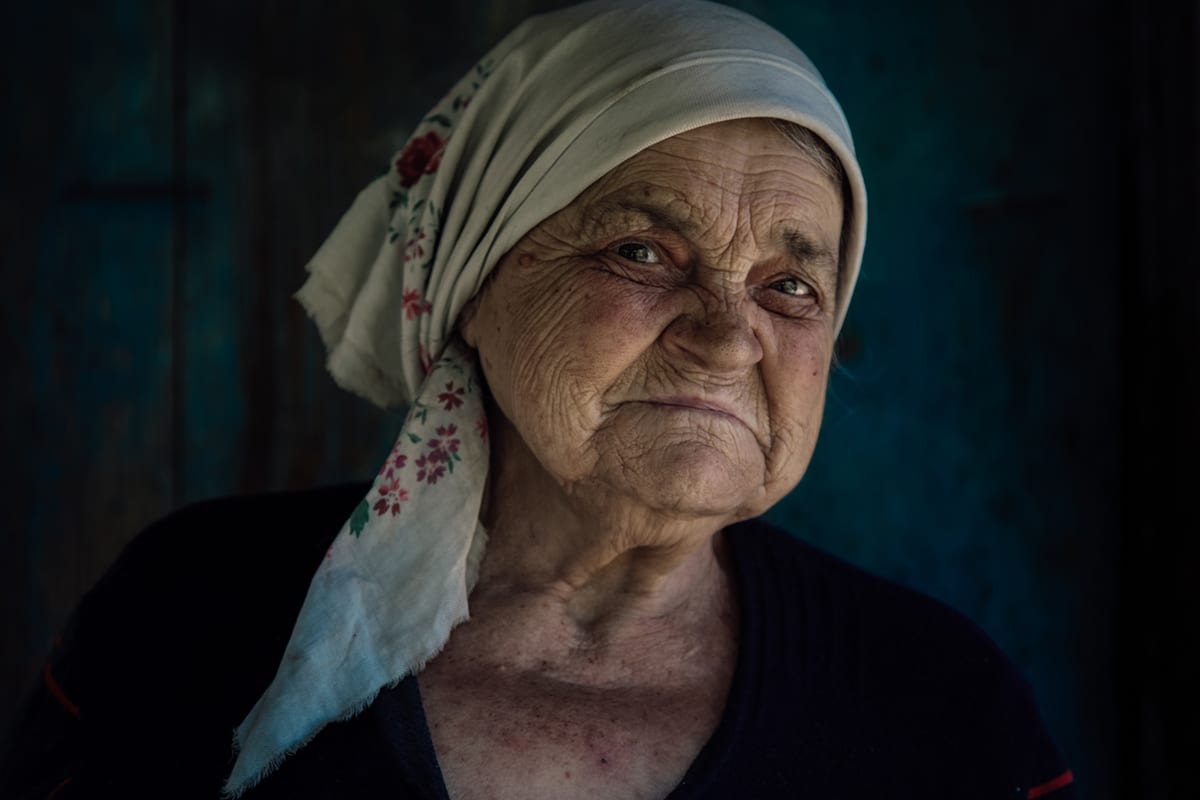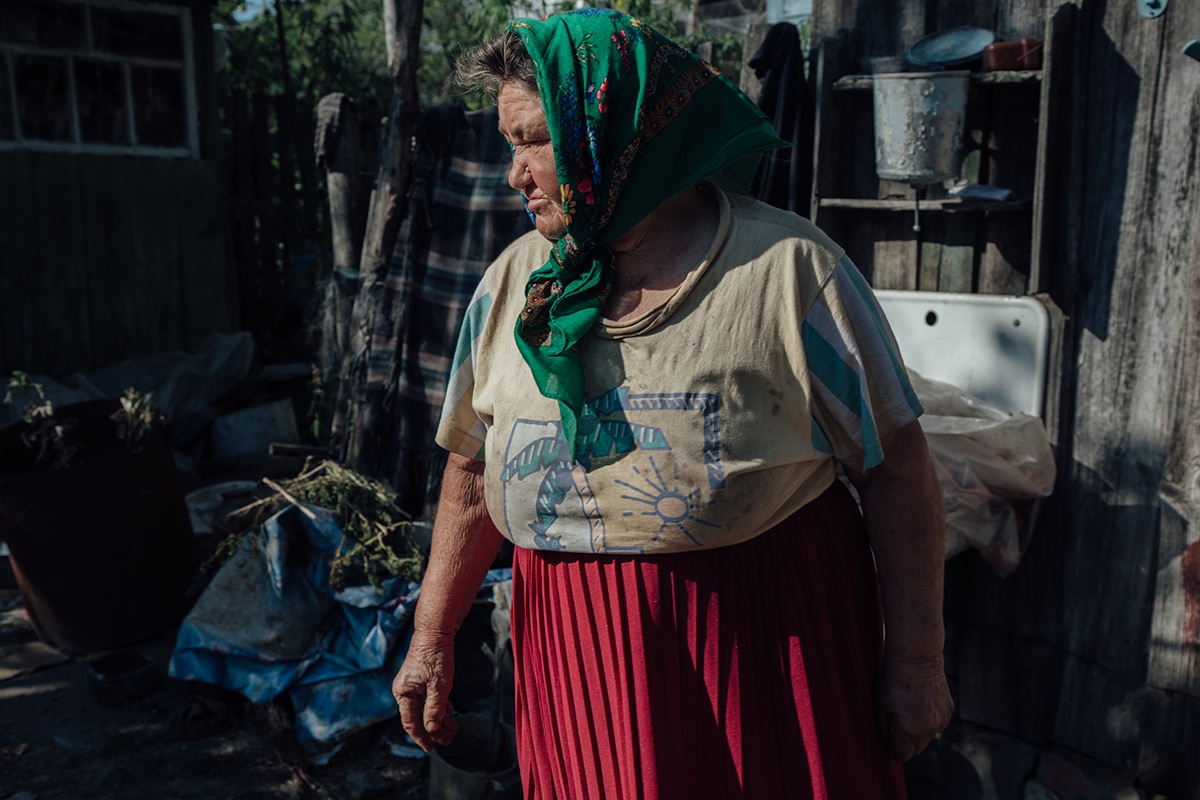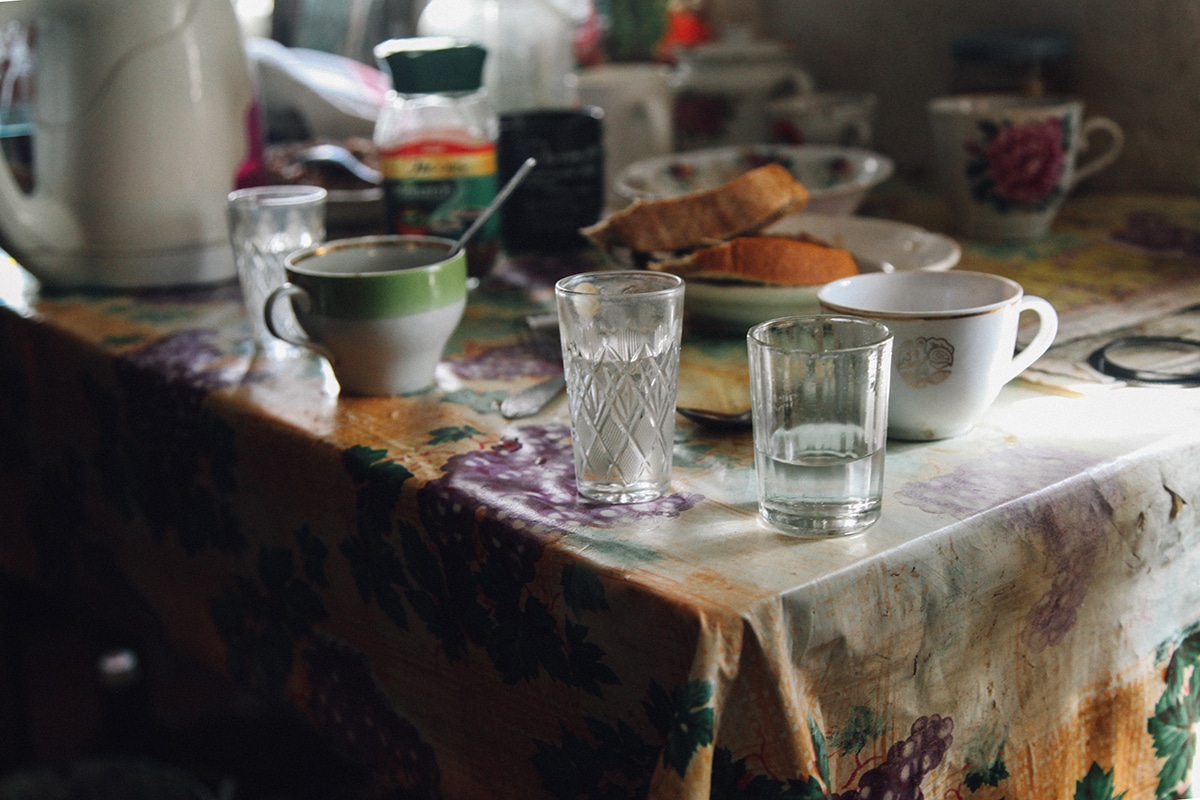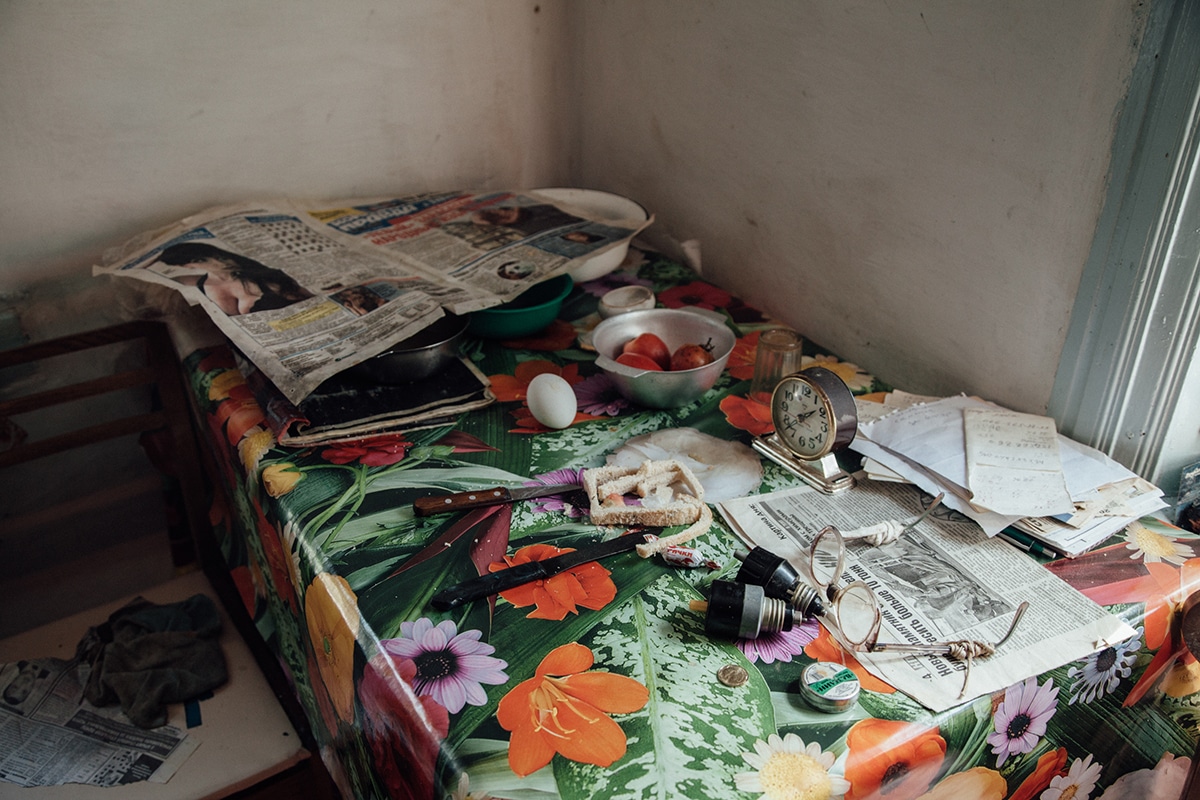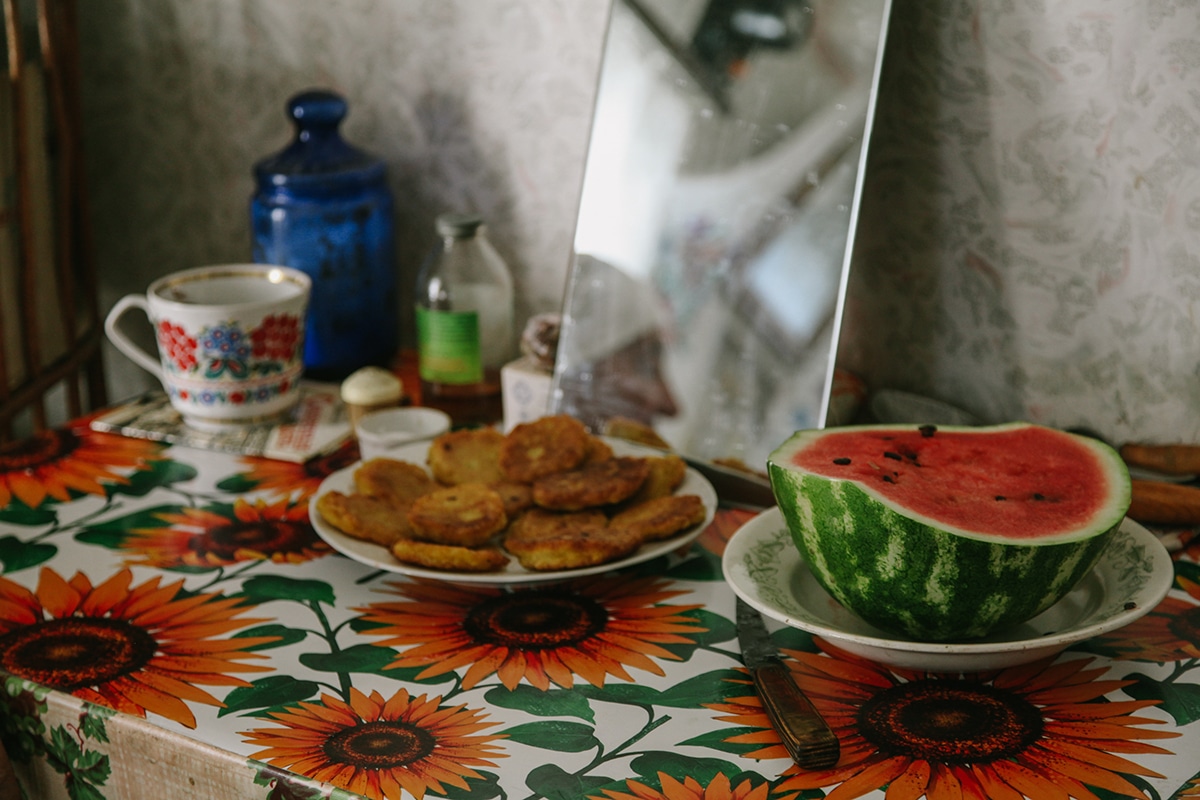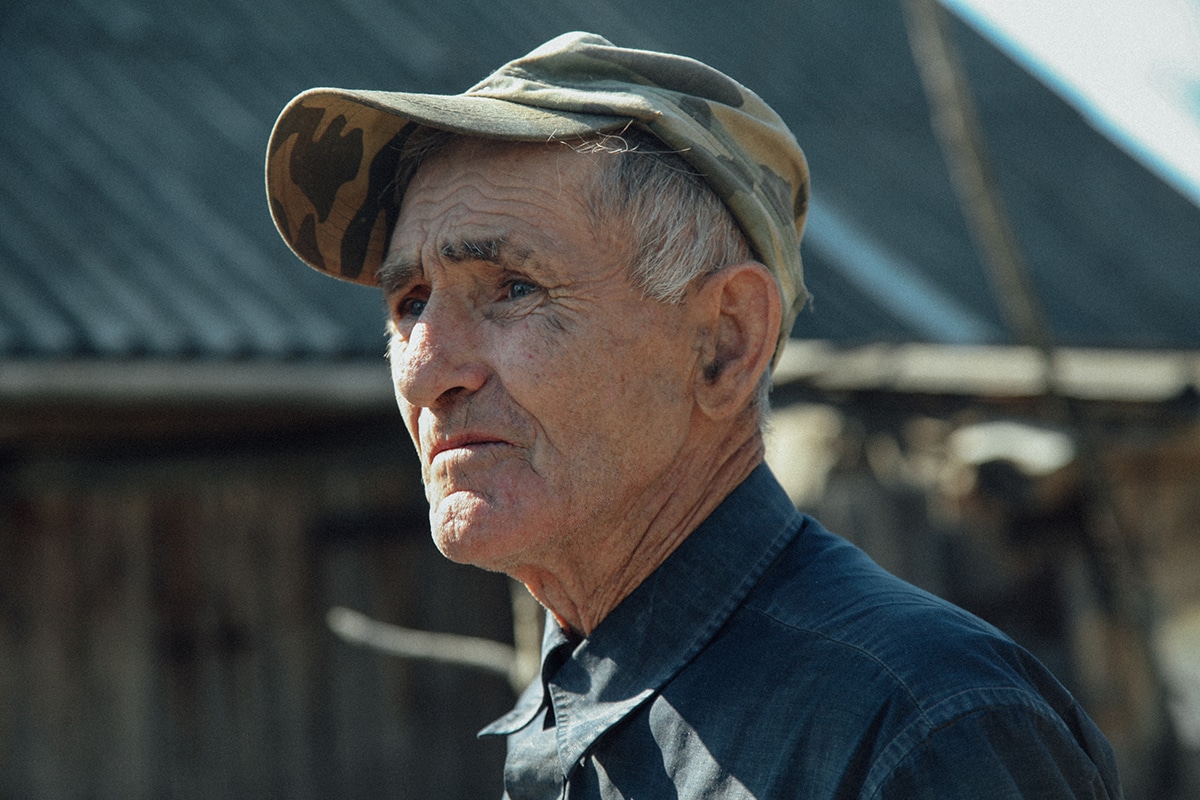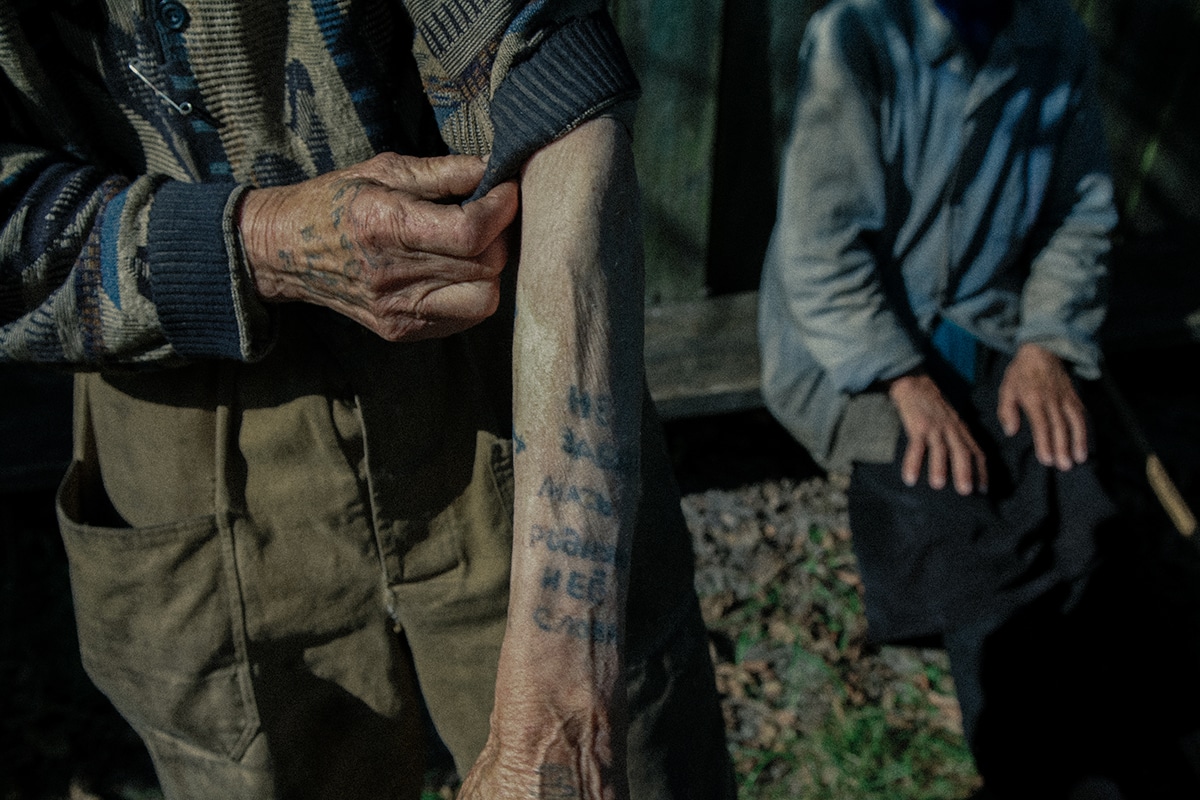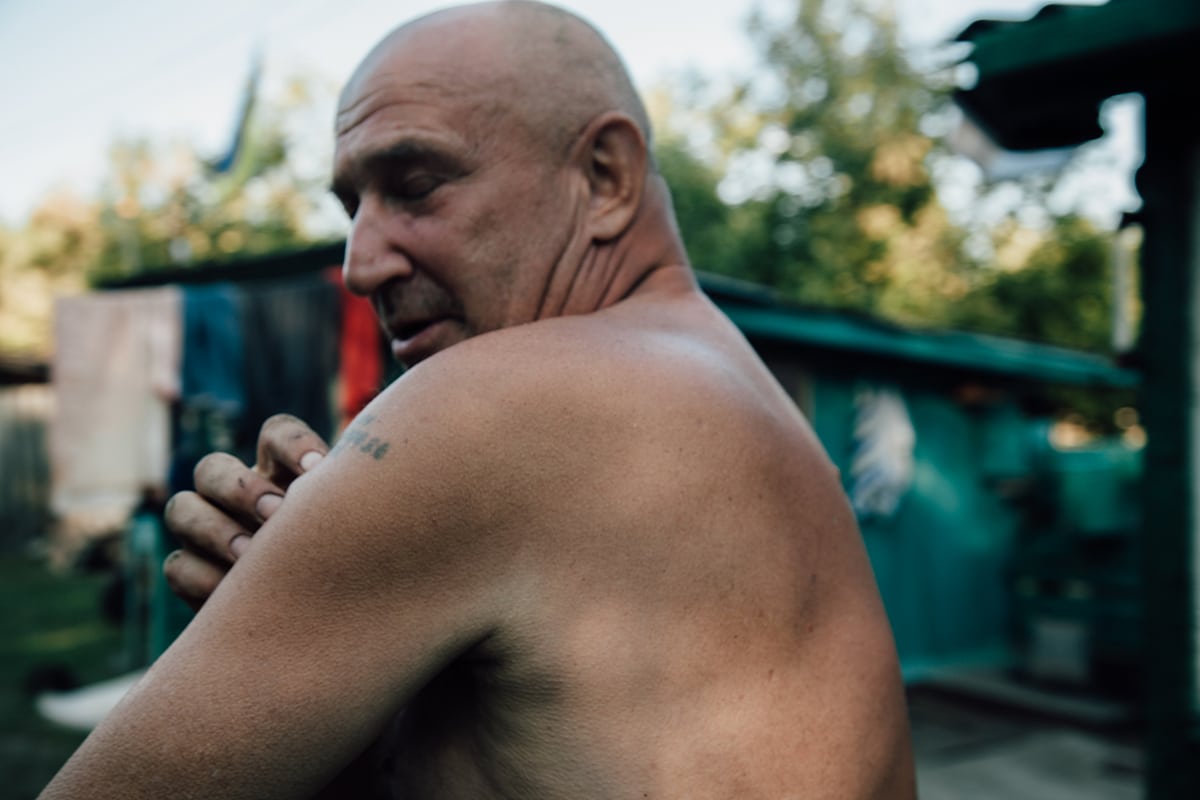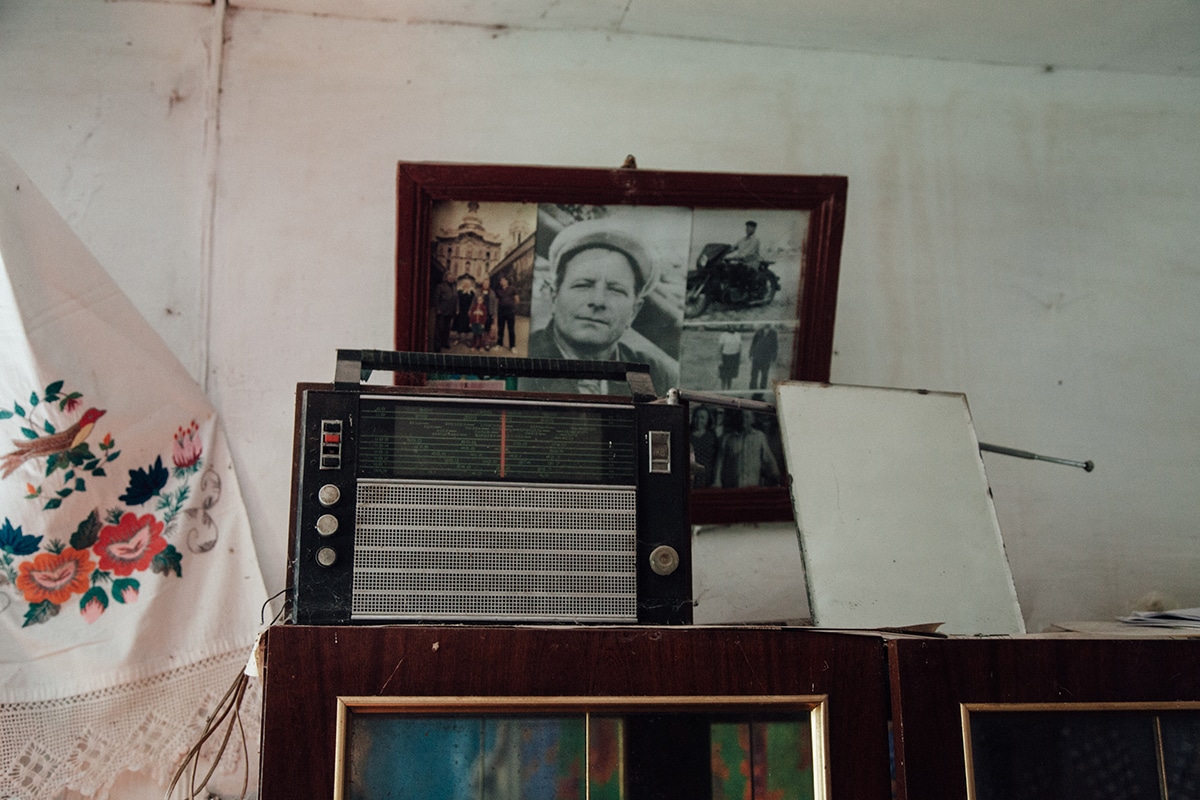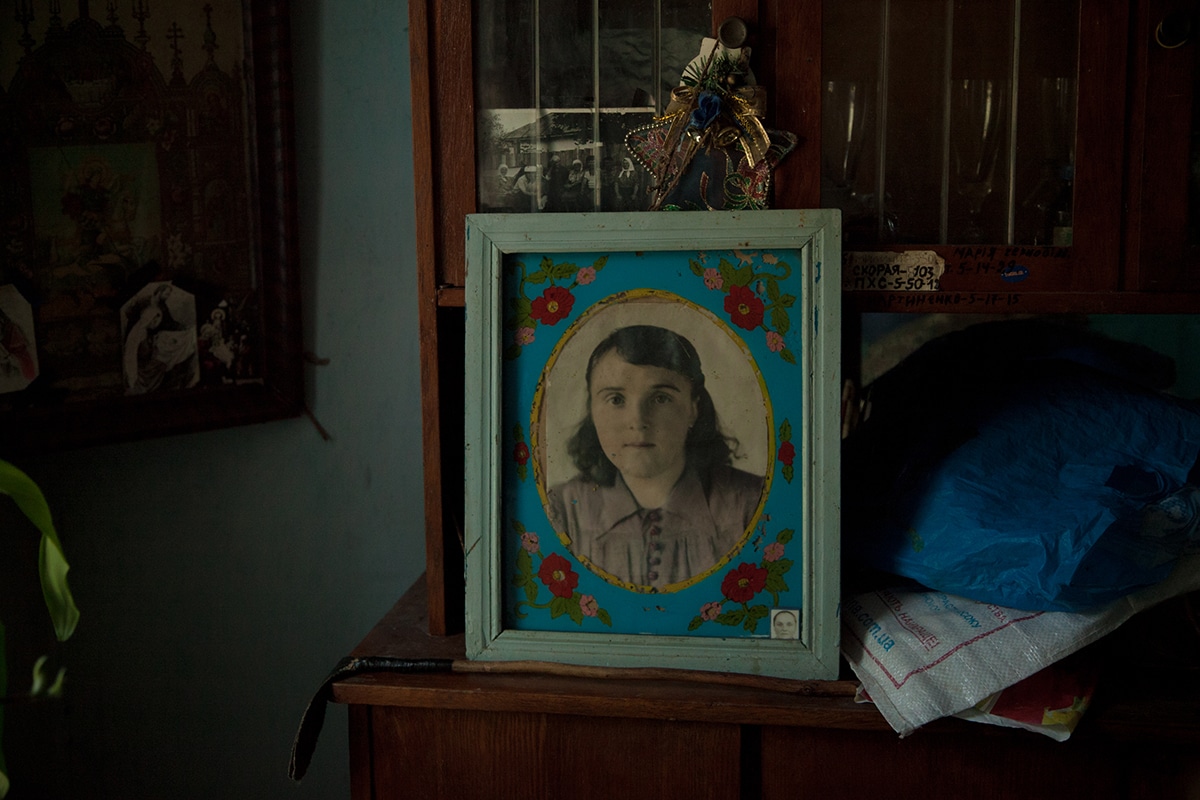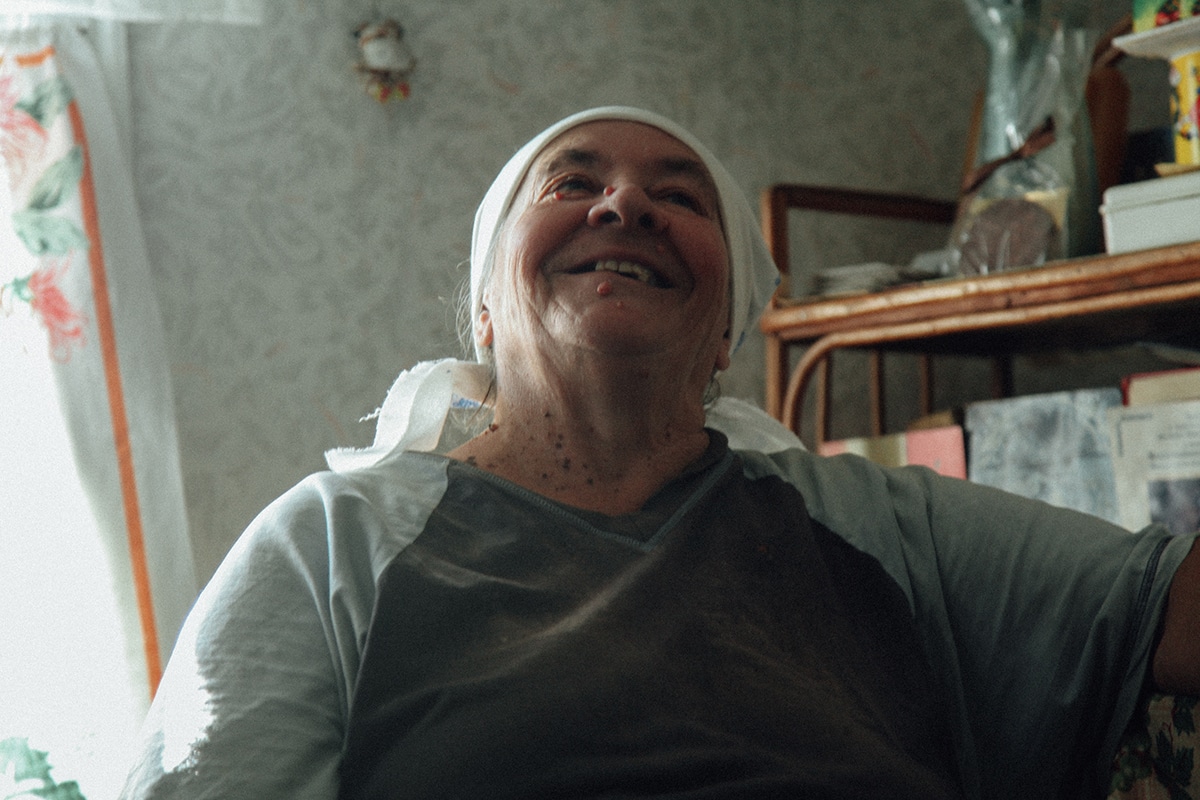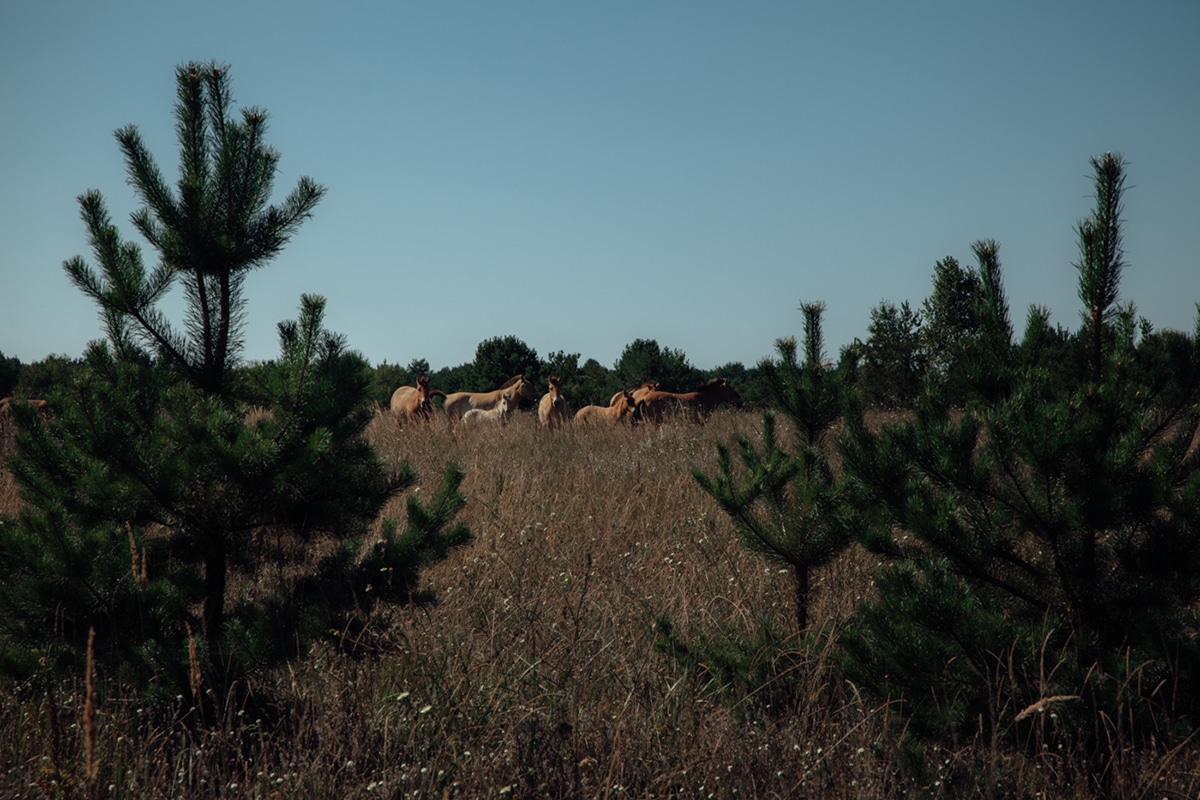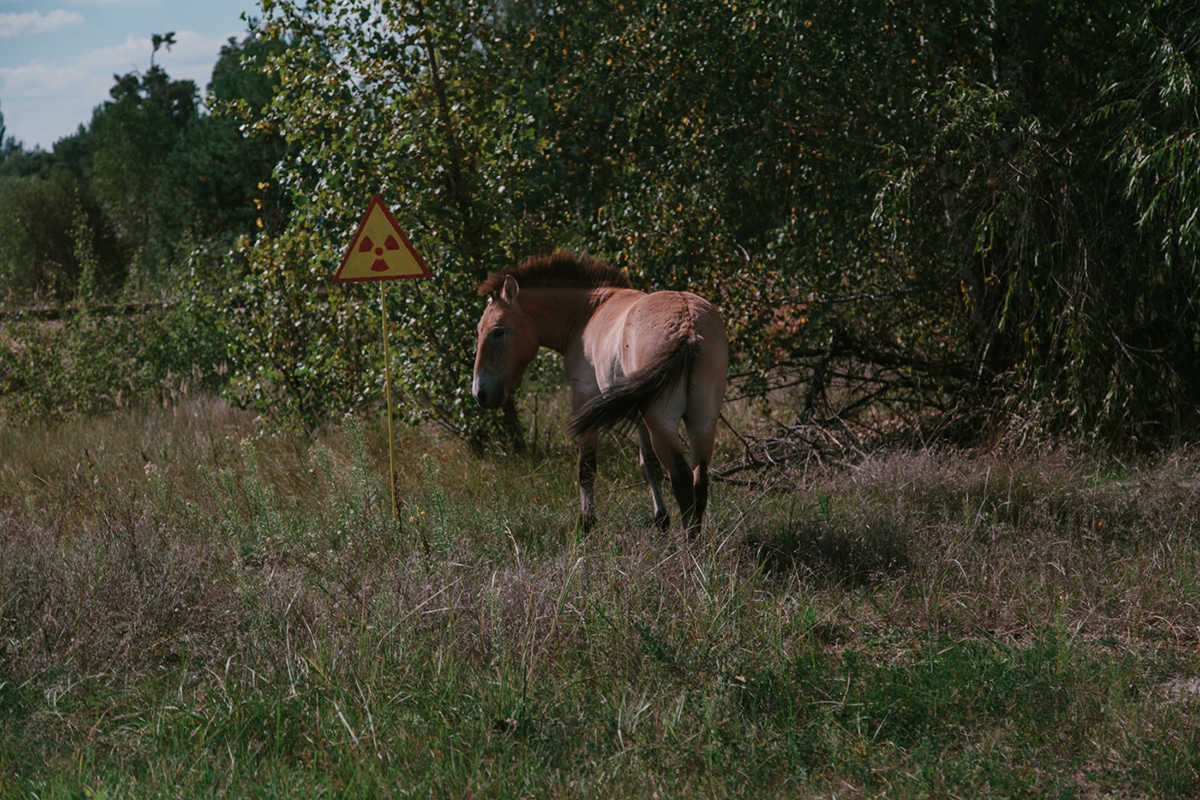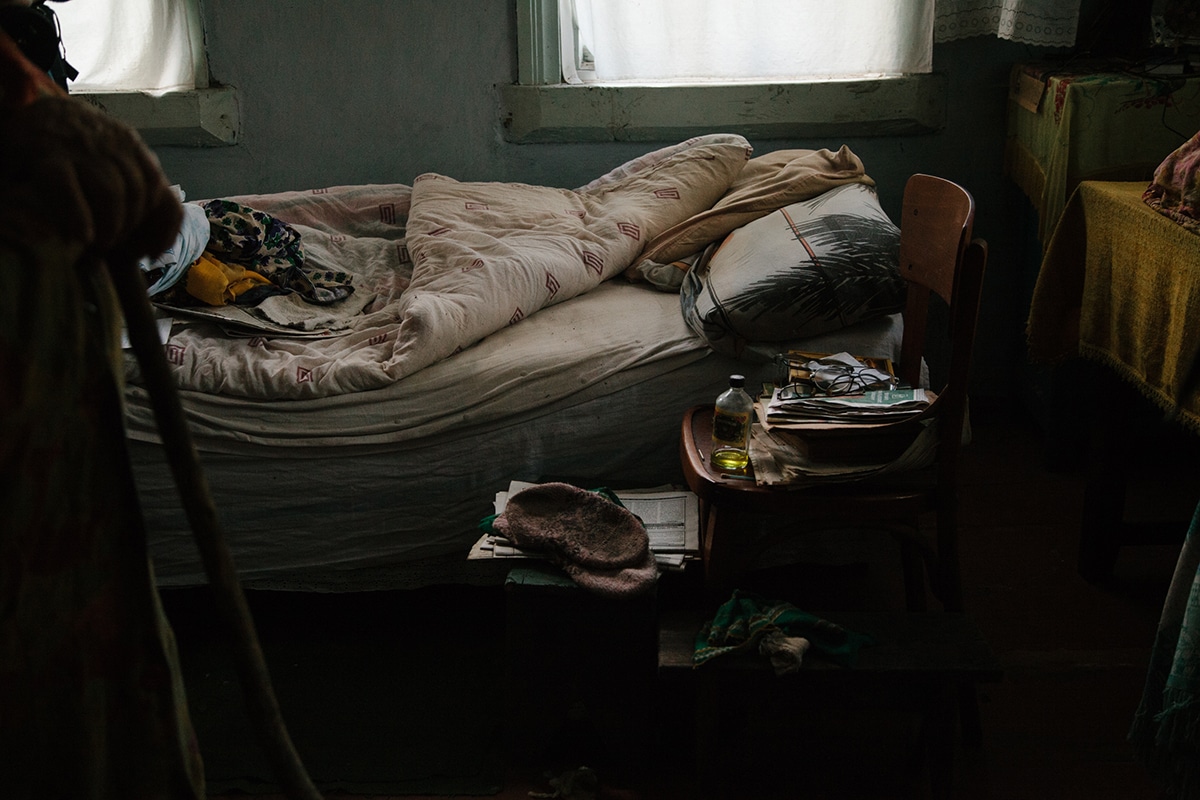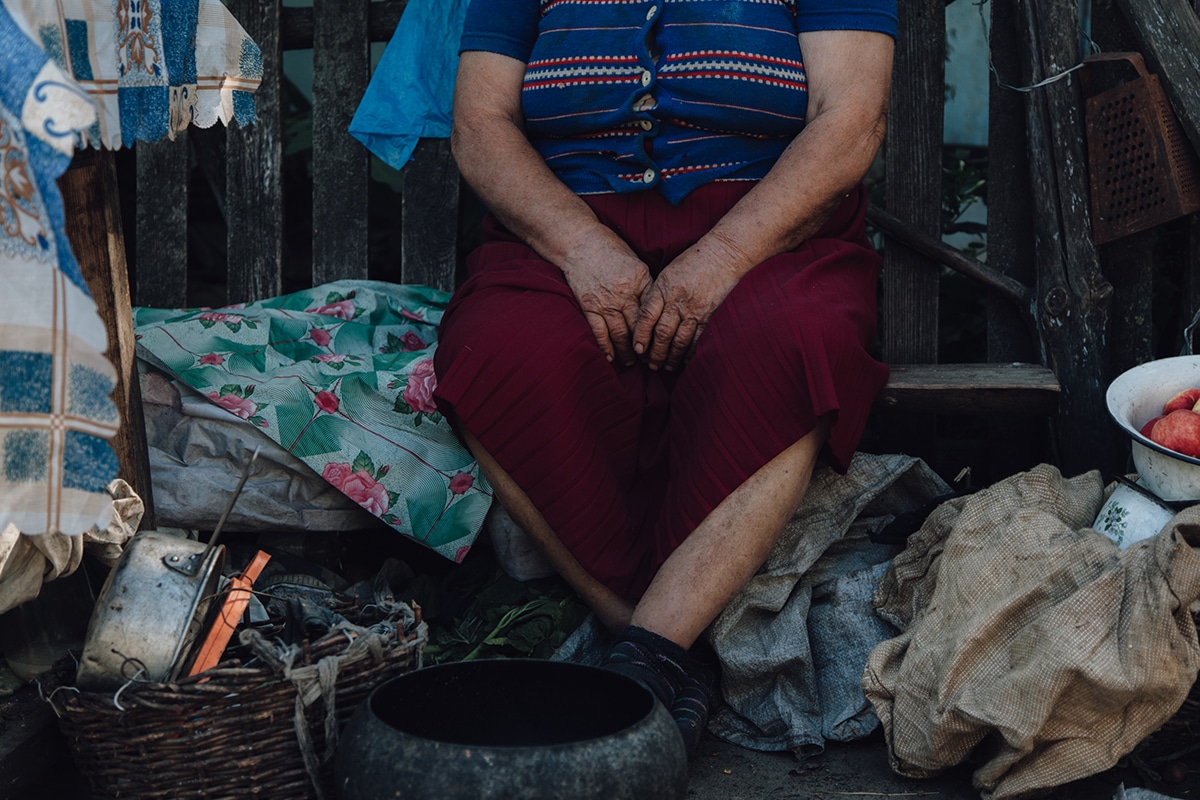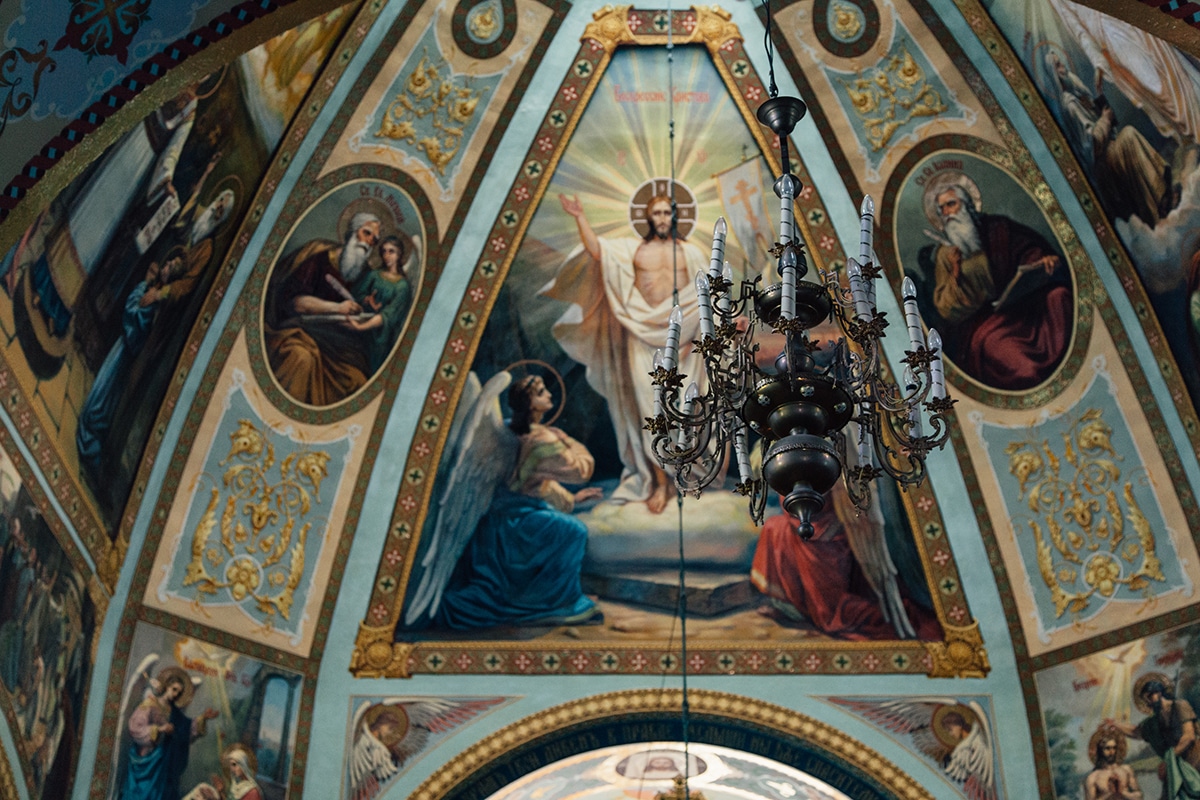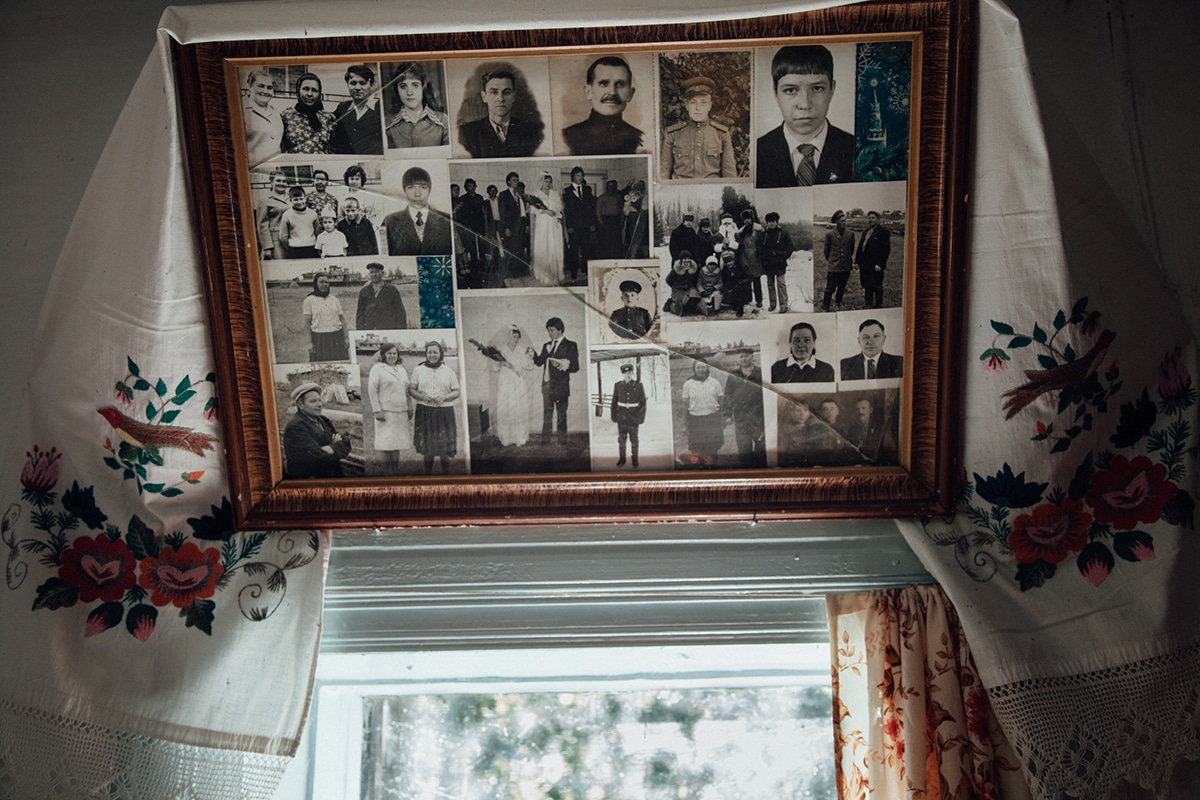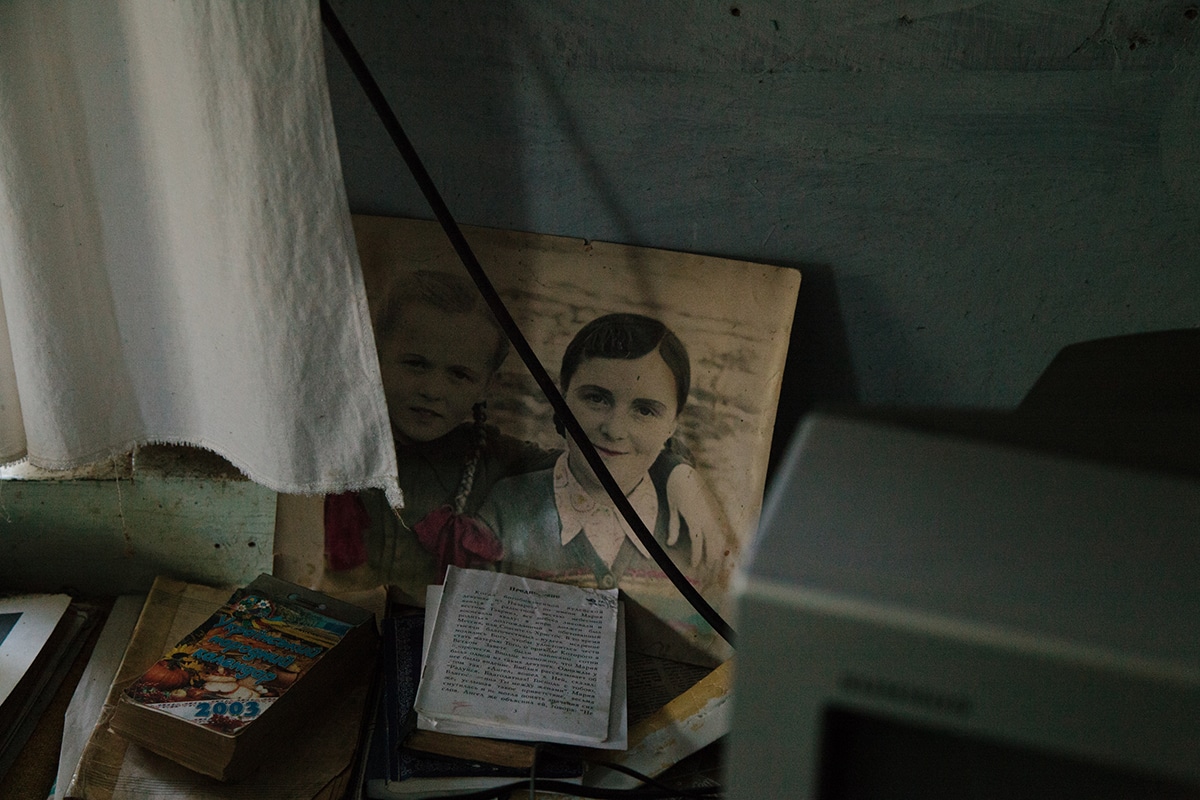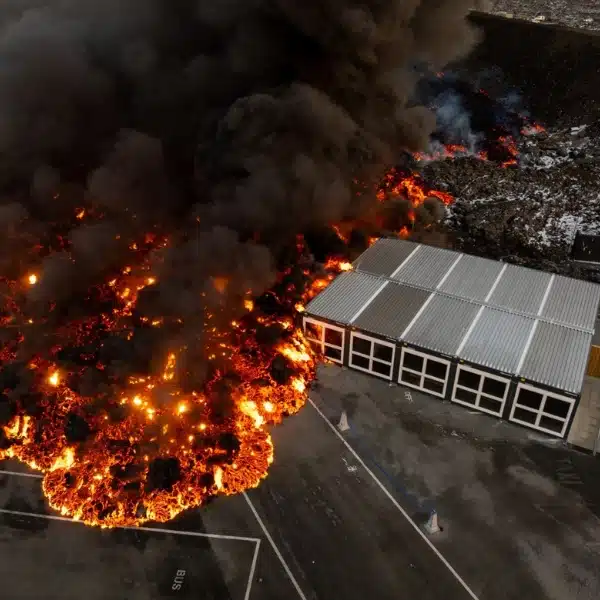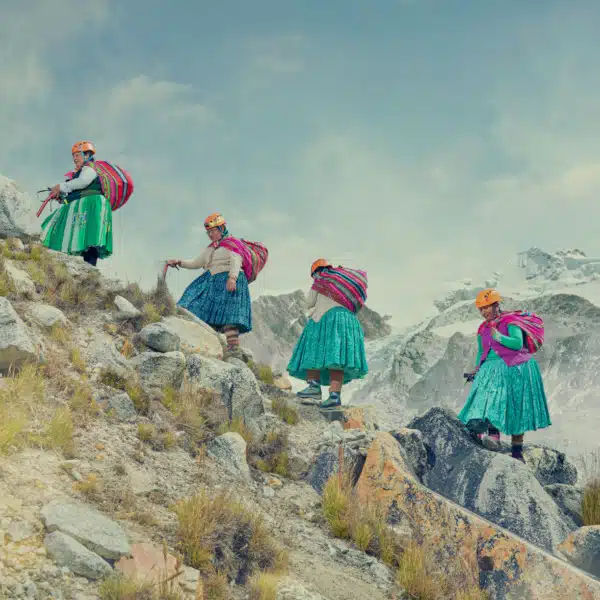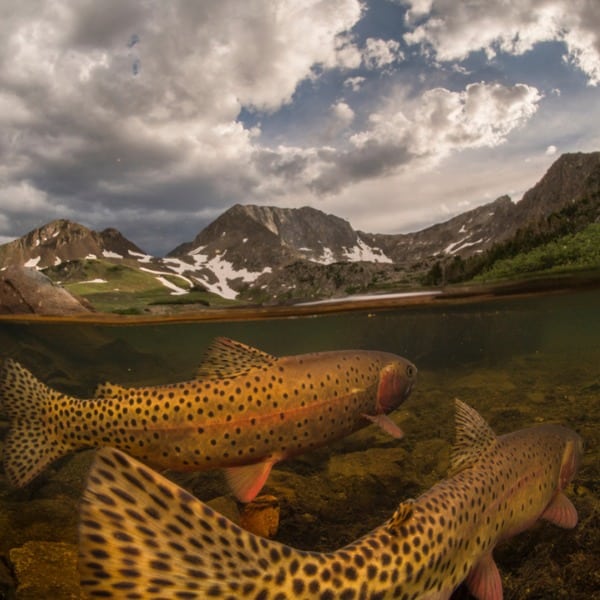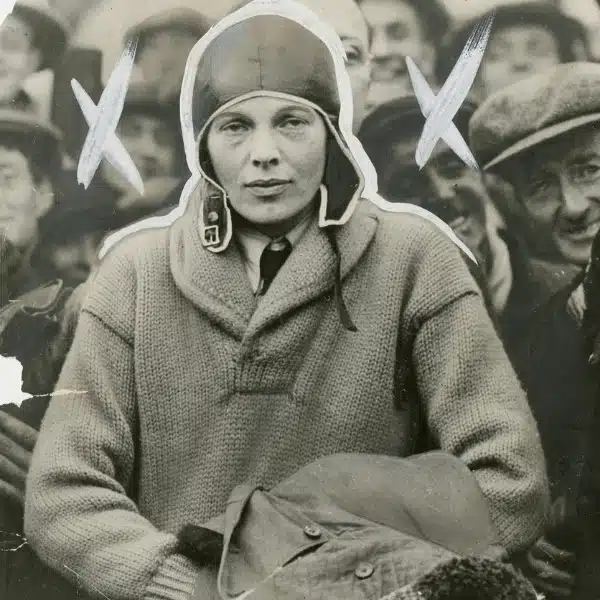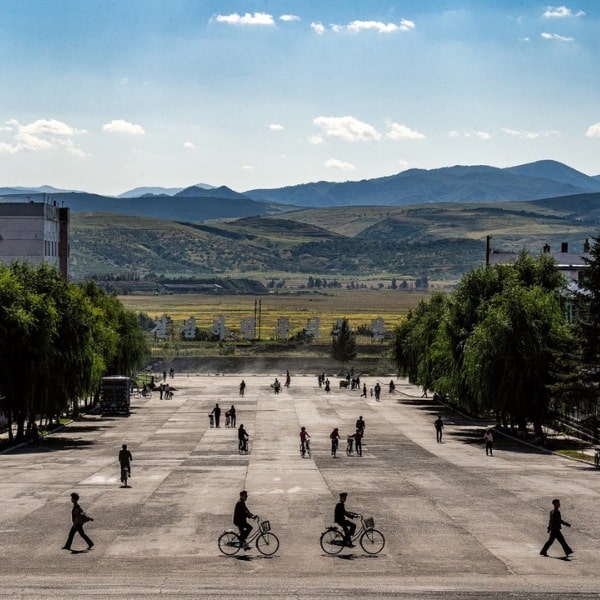Chernobyl has remained a fascinating location for many creatives, who seek out this area for a glimpse of what remains decades after the nuclear tragedy of 1986. The devastating environmental and human impact of the disaster is still being felt today. This is particularly true for the samosely—people living in the Exclusion Zone who refused to evacuate or secretly resettled there—where every day is a reminder of what once was.
Brazilian photographer Raul Arantes, intrigued by what he'd heard about the samosely, decided to make his way to the Chernobyl Exclusion Zone in order to get firsthand experience with these people. Unlike many photographers, who focus on Chernobyl's abandoned buildings, Arantes wanted to get up close and personal with the people who refused to leave their homes. Numbering less than 200, many are quite elderly now, which makes his documentation a critical commemoration of how life moves on even in the face of disaster.
While Arantes visited Chernobyl in 2014, it was only recently that he decided to publish the series. Through his work we are able to see the faces of those who refused to uproot their lives, and we also gain an intimate look at their homes. Old photographs are placed almost as if they are a shrine to what was and they function to keep the memory of happier times alive. At the same time, we also see horses grazing at pasture and tables laden with food as reminders that even in the toughest of situations, it's possible to carve out normalcy.
We had the chance to speak with Arantes about his time in the Chernobyl Exclusion Zone and his decision to focus on the samosely. Read on for My Modern Met‘s exclusive interview.
What inspired you to visit Chernobyl?
Since I came across the fact that there were people living within the Exclusion Zone, I automatically became very interested. This zone is largely uninhabited, except for these few residents, known as “samosely.” I’m driven by curiosity and always inclined to explore and try to understand human nature. As time goes by, nature regains its territory, villages become overgrown, people age and pass away, and the invisibility of mortality becomes apparent. This idea of fleeting contrasts with the period that radiation fades away.
What sort of preparation did you do in advance?
I spent some time researching the subject and location. I also had information from people that had experience and were there before. I spent a week in Chernobyl, and the help was essential: from getting all the paperwork necessary to access the zone done and stay there for days, to drive around the villages.
The zone is safer than many think. Some areas are still very contaminated though. I carried a Geiger counter while in the zone and took measures constantly. Most villages are ok. But several areas it can peak violently, especially in Pripyat and some buildings. But for the amount of time I was spending in the zone it was relatively safe.
A lot of people visit the Chernobyl Exclusion Zone and focus on photographing the abandoned buildings. You chose to focus on the people who still live there—the samosely. What drove you to tackle this human aspect?
Indeed, there is a lot of interest in photographing or simply visiting abandoned buildings, especially in Pripyat. It is, in a way, a unique experience to witness the consequences of the disaster, and also see how nature regenerates. But I wasn’t very interested in visiting apocalyptic scenes. It doesn’t appeal to me.
I was more interested in the settlers and how they live in such circumstances. Less than 200 settlers live in this area, all elderly. Most villagers survive on very limited resources and home-grown food—some of them even refusing official support.
You almost didn’t publish these photos. What eventually changed your mind?
Besides photographing, I also filmed a lot of these encounters. My initial intention was to shoot a documentary, which ended up not happening. I sat on the pictures and films for a long time until I decided to publish the photos. I still have the films.
Is there any single encounter that has stayed with you after all these years?
Most of the people I met there usually spend their time farming and taking care of their houses. In one village, I was able to meet some of their relatives that were visiting. Conditions are usually precarious. The surprising thing to me was that, as you drive away from Chernobyl, some areas are clean and you can see some residents fishing, farming, etc in what seems like normal, or nearly perfect, conditions.
The settlers are almost inaccessible, and I don't think I can meet them again unless I visit the zone again, which might be an interesting continuation for the series. Unfortunately, I am not sure I'll be able to meet some of the people I met again, given the rigorous winter and that many of the settlers were very old and frail.
What do you hope that people take away from this work?
I don’t have many expectations, but I hope people can reflect on the human experience behind this story.
